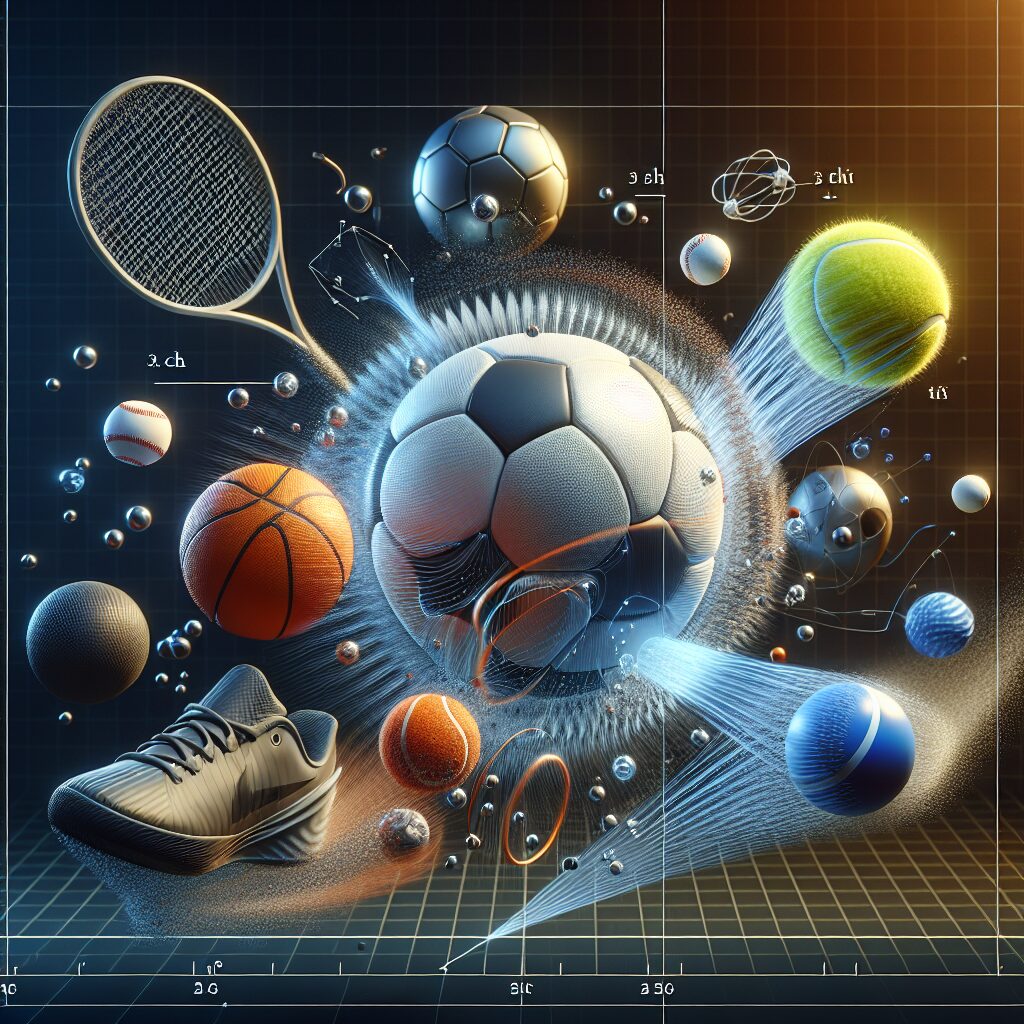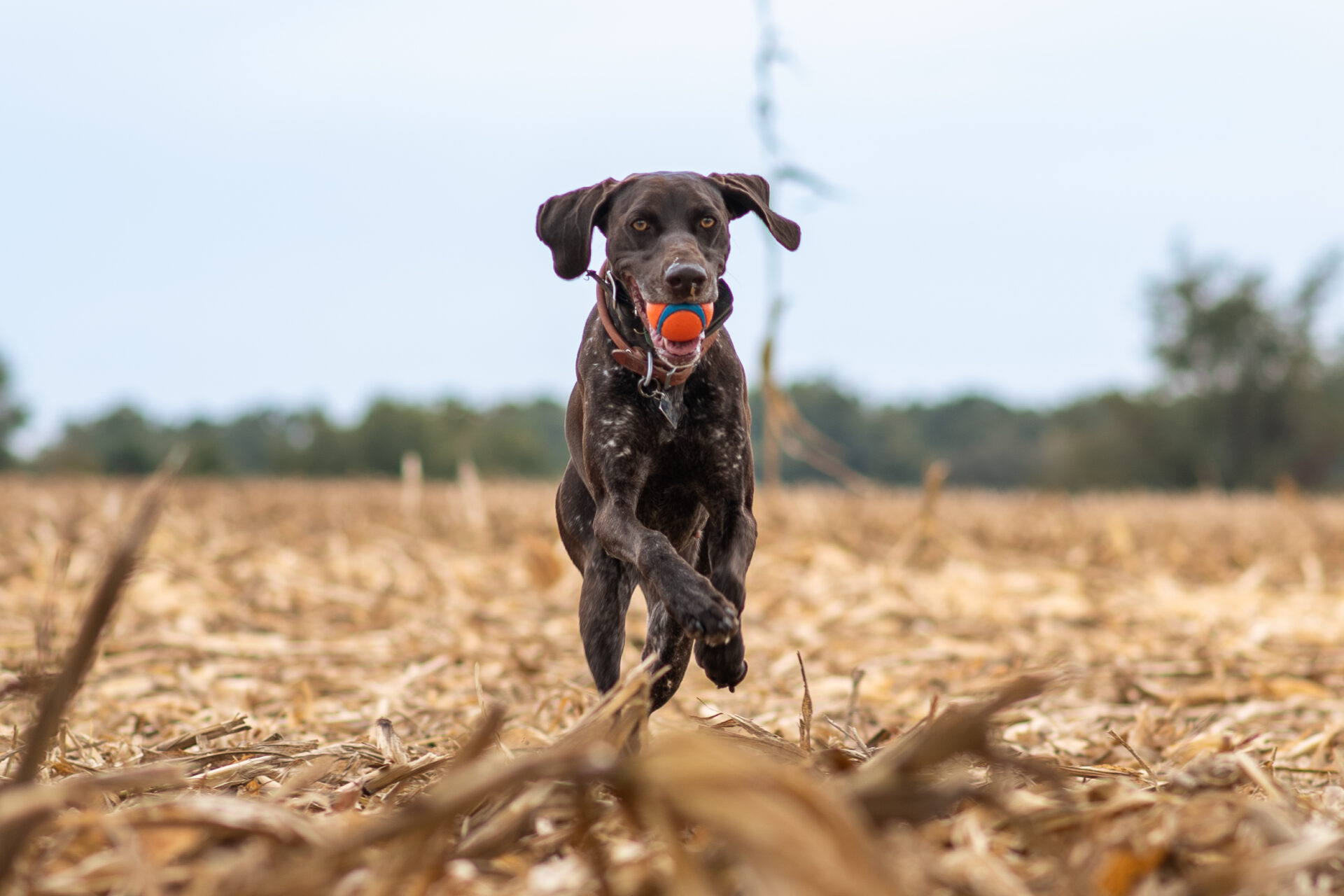The Science of Sports Ball Bounce delves into the fascinating physics behind the way balls behave in various sports. Understanding the principles guiding the trajectory and behavior of a bouncing ball is essential for athletes, coaches, and sports enthusiasts alike. Did you know that the science of sports ball bounce is not limited to the conventional playing fields? It extends to the design of sports equipment as well, ensuring optimal performance and fair play.
When we talk about the science of sports ball bounce, we are referring to the study of factors such as elasticity, energy conservation, and surface interaction. These elements come together to determine how a ball reacts when it hits the ground or another surface. For instance, the type of ball material, its shape, and the surface it bounces on all play a significant role in its behavior. Moreover, the angle and force with which the ball is propelled can greatly influence its trajectory and bounce. Understanding these principles enables athletes and designers to optimize performance and enhance gameplay in different sports.
Now that we have a basic understanding of what encompasses the science of sports ball bounce, let’s explore the key takeaways from this fascinating subject. In the forthcoming sections, we will delve into the principles of elasticity and energy transfer, the impact of different ball materials, and the significant role surface texture plays in ball behavior. By unraveling these key aspects, we’ll gain valuable insights into how these factors contribute to the game, ultimately helping both players and enthusiasts appreciate the incredible science behind the world of sports ball bounce.
Key Takeaways
1. The bounciness of sports balls is determined by their coefficient of restitution (COR), which measures the ratio of the ball’s speed after impact compared to before impact. COR values range from 0 to 1, with higher values indicating a greater bounce.
2. The COR of a ball depends on various factors, including the material it is made of, its pressure, and its surface texture. For example, rubber balls have a higher COR than leather balls, and overinflated balls bounce more than underinflated ones.
3. Temperature also affects ball bounce. Colder temperatures decrease the COR, resulting in less bounce, while warmer temperatures increase the COR, leading to a higher bounce.
4. The angle at which a ball strikes the ground or any surface also affects its bounce. When a ball is dropped vertically, it rebounds vertically, but when it is struck at an angle, it follows the law of reflection, bouncing off at an equal angle.
5. Understanding the science of ball bounce is crucial in sports, as it helps athletes optimize their performance. By selecting balls with the desired COR, adjusting ball pressure, and considering surface conditions, athletes can enhance their control, accuracy, and overall game play.
What Factors Determine the Bounce of Sports Balls?
Introduction
Sports play a significant role in our lives, providing us with both entertainment and physical activity. From basketball to soccer, the action in these games heavily relies on the bounce of the ball. But have you ever wondered what factors influence how a sports ball bounces? In this article, we will explore the science behind sports ball bounce and the various elements that contribute to its behavior.
Material Composition
The material composition of a sports ball plays a crucial role in determining its bounce. Different types of balls, such as basketballs, soccer balls, and tennis balls, are made from distinct materials. For instance, basketballs are usually made of synthetic rubber or leather, while soccer balls are commonly crafted with synthetic leather or polyurethane. The elasticity and coefficient of restitution of these materials impact how the ball absorbs and releases energy upon bouncing.
Pressure and Inflation
The pressure and inflation of a sports ball significantly affect its bounce characteristics. The amount of air inside the ball determines its internal pressure, which, in turn, affects its rigidity and responsiveness upon impact. An overinflated ball tends to have a higher bounce, whereas an underinflated ball might have a lower bounce. To maintain fair play and consistent performance, sports balls often have specific inflation guidelines established by governing bodies.
Surface Type
The surface on which a sports ball bounces greatly impacts its behavior. Various sports are played on different surfaces such as grass, clay, asphalt, or hardwood. The interaction between the ball and the surface affects the frictional forces, grip, and energy transfer during a bounce. For instance, basketballs typically bounce higher on hardwood courts compared to outdoor concrete courts due to the difference in surface properties.
Angle of Impact
The angle at which a sports ball hits a surface influences its bounce. When a ball strikes a surface at a right angle, it tends to bounce back in the opposite direction. However, if the ball hits the surface at an angle, the direction of the bounce may alter accordingly. The angle of impact determines the vertical and horizontal components of the rebound, affecting the trajectory and distance covered by the ball.
Environmental Factors
Environmental conditions also have an impact on sports ball bounce. Factors such as temperature and altitude can affect the ball’s behavior during play. Cold temperatures can reduce the elasticity of the ball, resulting in decreased bounce height. At higher altitudes, where the air is thinner, the reduced air resistance can cause the ball to bounce higher and travel farther compared to lower altitudes.
Conclusion
Understanding the science behind sports ball bounce enhances our appreciation for the games we love. The material composition, pressure, surface type, angle of impact, and environmental factors all contribute to the fascinating physics of sports ball bounce. By comprehending these factors, athletes and sports enthusiasts can gain insights into optimizing their game strategies for improved ball handling and control.
Top Tips for Maximizing Sports Ball Bounce:
1. How can you optimize ball bounce by selecting the right material for your sport?
2. What impact does the air pressure have on ball bounce, and how can you adjust it for desired results?
3. Are there any specific techniques or surfaces that can be used to improve ball bounce?
4. How does the angle of impact affect ball bounce, and can you utilize it to gain an advantage?
5. What precautions should you consider regarding environmental factors affecting ball bounce, and how can you adapt accordingly?
Frequently Asked Questions
1. How does the surface affect the bounce of a sports ball?
The surface plays a crucial role in determining the bounce of a sports ball. Different surfaces, such as grass, artificial turf, or hardwood, have varying levels of friction and elasticity. These factors directly impact how the ball interacts with the surface upon impact, influencing its bounce height and trajectory.
2. Is the type of sports ball important in determining its bounce?
Absolutely! The type of sports ball significantly affects its bounce characteristics. Factors like the material, size, and internal pressure of the ball can influence how it compresses upon impact, thereby affecting the rebound height. Each type of sports ball, be it a basketball, soccer ball, or tennis ball, has unique attributes that dictate its bounce.
3. What role does air pressure play in sports ball bounce?
Air pressure within a sports ball is vital for maintaining its shape and affecting its bounce. Optimal air pressure ensures proper ball compression upon impact, leading to an ideal rebound. Insufficient air pressure can result in decreased bounce height, while excessive pressure can make the ball too rigid, impairing its ability to rebound effectively.
4. How does temperature impact the bounce of a sports ball?
Temperature can significantly influence the bounce of a sports ball. Cold temperatures tend to make the ball less elastic, reducing its bounce height. Conversely, higher temperatures can increase the ball’s elasticity, leading to a higher rebound. Understanding and accounting for temperature fluctuations is essential for optimizing performance on different playing surfaces.
5. What is the effect of ball inflation on its bounce?
Inflation level plays a crucial role in determining the bounce of a sports ball. Under-inflated balls tend to have reduced bounce height as they have less air pressure to compress upon impact. On the other hand, over-inflating a ball can make it too rigid, resulting in an unpredictable bounce. Maintaining the recommended inflation level is key to ensuring consistent and reliable ball bounce.
6. Are there any safety concerns related to sports ball bounce?
Yes, safety is an important concern when it comes to sports ball bounce. Balls that bounce too high or unpredictably can pose risks, especially in sports involving head impacts. It is crucial to choose appropriate balls for different sports and ensure they meet safety regulations to minimize the likelihood of accidents or injuries.
7. How does humidity affect the bounce of a sports ball?
Humidity levels can impact the bounce of a sports ball, although the effect may vary. In high humidity, the air becomes denser and moist, which can slightly reduce the ball’s bounce. However, the impact on bounce height is generally minimal for most sports balls. This factor becomes more significant when playing at extreme humidity levels.
8. Can the ball’s surface condition affect its bounce?
Absolutely! The condition of the ball’s surface can have a considerable impact on its bounce. Factors like wear and tear, dirt, or excessive moisture on the ball’s surface can alter its grip and friction with the playing surface. This, in turn, affects how the ball rebounds, potentially leading to unpredictable bounces.
9. Do different ball manufacturers produce variations in bounce?
Yes, different ball manufacturers can produce variations in bounce due to variations in manufacturing processes, materials used, and quality control standards. While reputable manufacturers strive for consistency regarding bounce characteristics, subtle differences may exist between balls from different brands or product lines. It’s essential to familiarize yourself with the specific attributes of a ball before use.
10. Are there any strategies to optimize the bounce of sports balls?
Indeed! To optimize the bounce of sports balls, various strategies can be employed. These include maintaining proper inflation levels, choosing the right type of ball for the sport and playing surface, keeping the ball clean and in good condition, and adjusting playing techniques based on the ball’s unique characteristics. Consistency in these factors helps ensure an optimal and predictable bounce.
Final Thoughts
The science behind sports ball bounce is a fascinating subject that underpins the dynamics of numerous sports. Understanding how different factors interact with balls, such as surface conditions, materials, and inflation, allows athletes, coaches, and manufacturers to optimize performance, safety, and fairness in sporting events. By delving into the intricacies of ball bounce, we gain valuable insights that contribute to the advancement of sports science.
As technology and research continue to evolve, we can expect further advancements in our understanding of sports ball bounce. This knowledge will empower athletes to push their boundaries, coaches to devise new training methods, and manufacturers to innovate in ball design. The science of sports ball bounce not only enriches our appreciation for the games we love but also serves as a reminder of how science and sports intertwine, shaping the way we play and excel in athletic endeavors.




